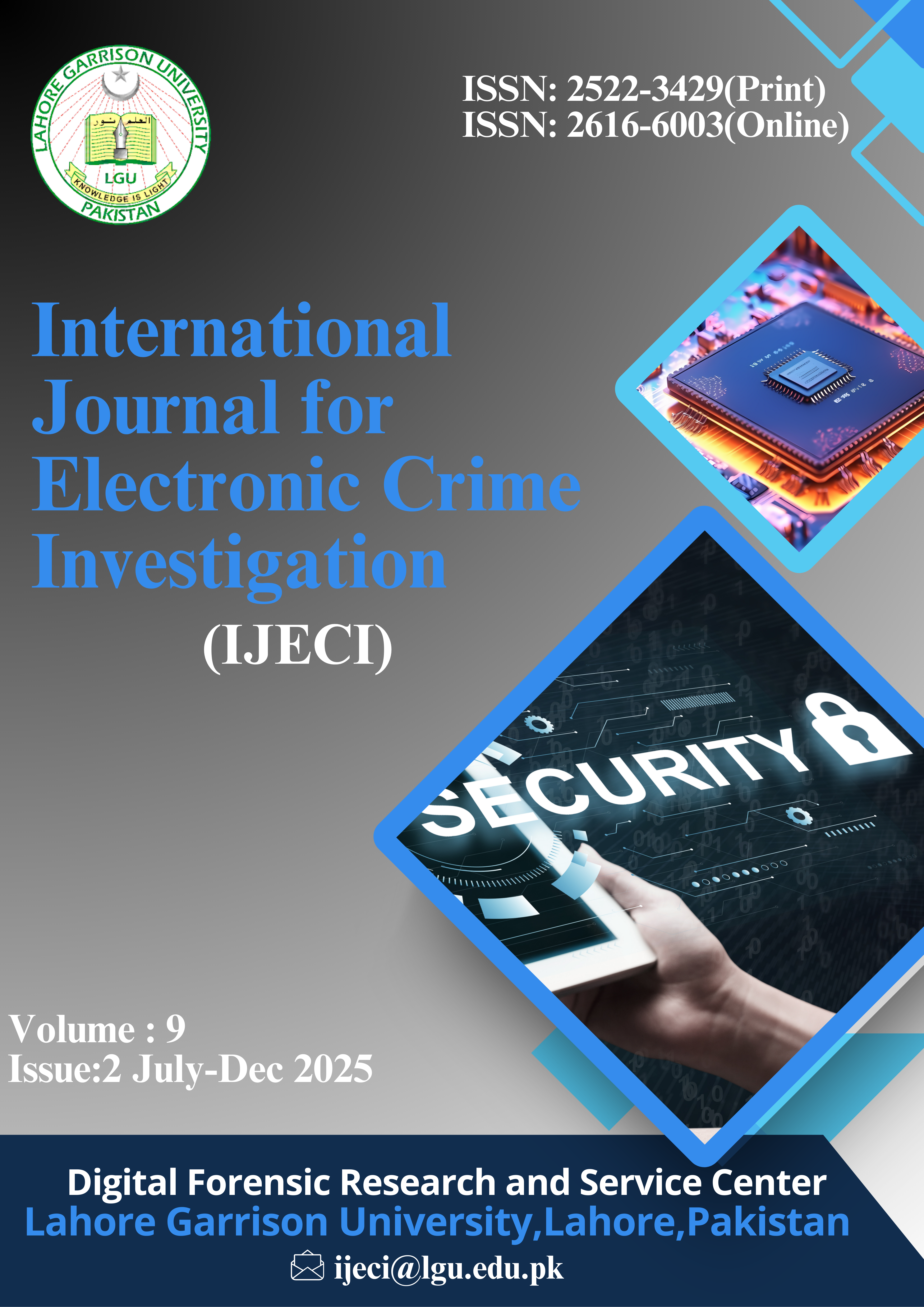Cyber MEDS: Malicious Email Detection for Spam- A Framework for Web Security Against Cyber Attacks
Abstract
Email is still one of the main ways cybercriminals attack, especially through spam and phishing messages. These unwanted emails are not just an annoyance, it can lead to serious risks such as stealing sensitive data, financial fraud, spreading harmful software, etc. This creates a constant security challenge, for both individuals and organizations. In this study, design a practical and efficient framework for classification of spam emails using multiple machine learning techniques. The study compared several algorithms, including Random Forest, Gaussian Naive Bayes, Multi-Layer Perceptron, Gradient Boosting, and K-Nearest Neighbors, on the well-known public Spambase dataset. Apply Min-Max scaling to make all features fall in the same range, which helps the learning process and improves prediction quality, before model training. The experimental results show that the Random Forest model gives the best overall performance, achieving 95.11% accuracy, 95.89% precision, 91.34% recall, and 93.56% F1-score. These results show that even lightweight, carefully tuned models can detect harmful emails with high reliability, providing an early layer of defense in email security. Study also adds to the growing research on building scalable, dependable solutions that can adapt to the constantly changing nature of Cyber threats.

